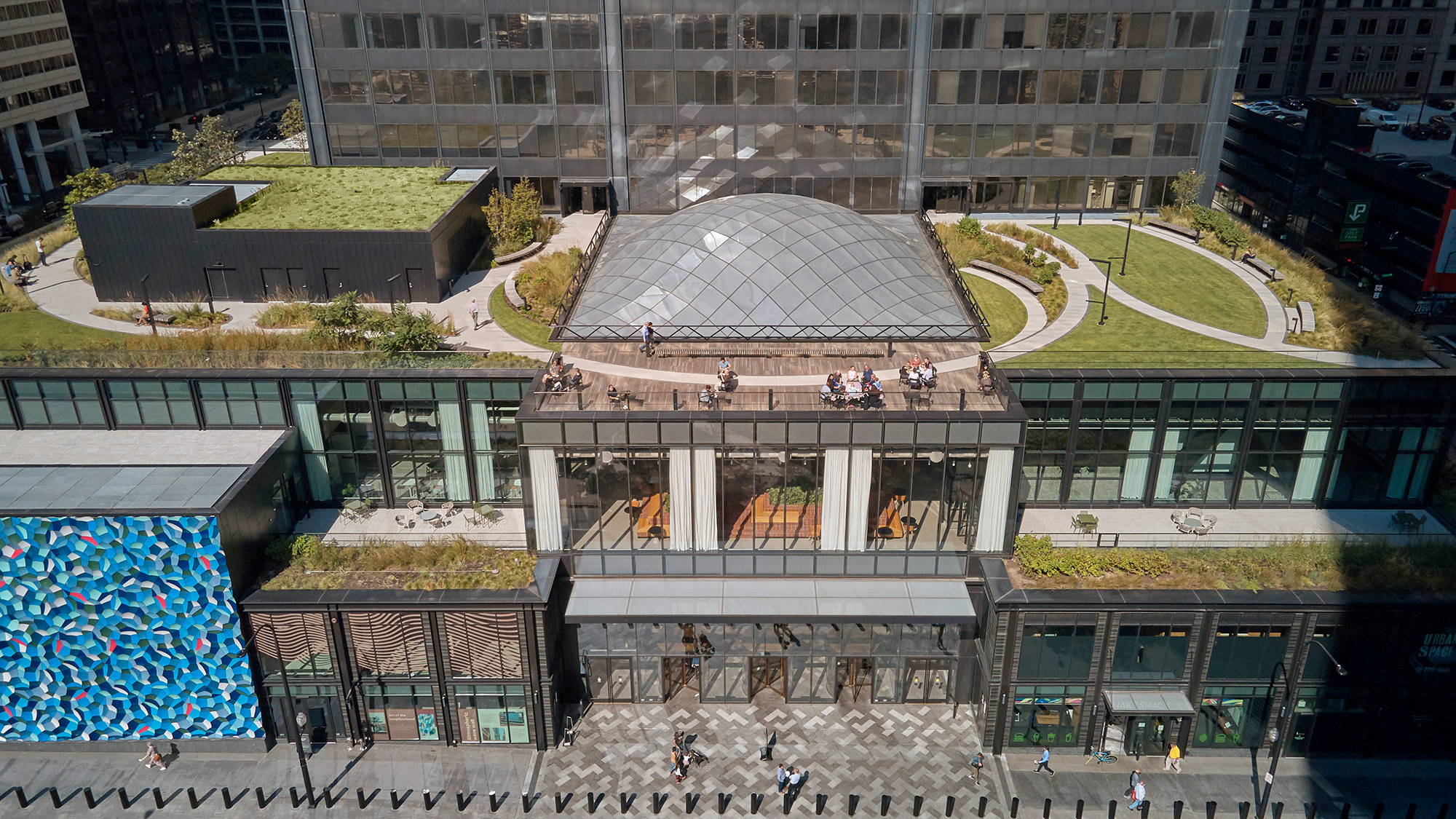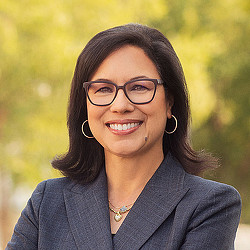3 Strategies to Stem the Tide of Rising Global Temperatures
November 09, 2022 | By Diane Hoskins
Editor's Note: This article was originally published on LinkedIn.
This week, Heads of State, industry leaders, and climate activists gather at a scale unmatched by any other event in the world. The 2022 United Nations Climate Change Conference (COP27) kicks-off in Sharm El Sheikh, Egypt and nations are expected to report on their progress towards commitments found within the Paris Climate Agreement.
We look forward to the conversations that Gensler and other stakeholders in the built environment will be a part of – with the shared goal of decarbonizing the built environment.
This is a critical time in the journey to curtail global temperature increases. Three years ago, Gensler made a commitment that by 2030 all its projects will be net zero carbon. We embrace our position as the global leader in architecture by moving assertively to design with a focus on carbon reduction using enhanced technologies, specifying green materials, educating ourselves and our clients, and measuring our impact.
The built environment is responsible for 40% of greenhouse gas emissions. All segments of the built ecosystem must change direction to stem the tide of rising global temperatures — whether it’s how we build new cities, re-adapt existing cities, or protect cities in vulnerable regions; all these strategies are simultaneously of the utmost urgency.
Strategy 1: For the already developed cities of the world, we must reimagine and repurpose existing buildings while significantly decreasing the production of new building construction. Climate legislation and regulatory carbon reduction mandates as well as supply and demand market drivers are already fueling the trend as evidenced by investors changing how they value buildings, and how people live, work, and play.

Strategy 2: For the new cities and mega-urbanizing regions of the world, we must drastically change how we design and build. These fast-growing areas offer a significant opportunity to reduce global carbon if we act quickly. However, because of the demand for speed and scale, the design of these new regions could increase global carbon dependency. With the global population increasing from 7 billion to nearly 10 billion over the next 25 years, these regions pose the most significant challenge to containing global temperature increases and the greatest opportunity to accelerate positive change. We must commit that all “new cities” be built with low carbon materials, net zero operations, and non-GHG grid infrastructure.

Strategy 3: For the many regions of the world that will be heavily impacted by climate change in the next decade, we must act quickly to shore up resiliency. While employing new technologies, we must re-discover and scale up indigenous and innovative low carbon strategies and local material solutions. Climate modeling can help us understand the coming climate impacts to these areas in the next 10, 20, and 30 years. In our race to strengthen resiliency, we in the urbanized regions of the world must share the responsibility to implement green building and net zero design in the emerging regions of the world.

Throughout the built environment ecosystem, it’s clear that to impact climate change we must embrace all three strategies at the same time. The speed and scale of the challenges we face demand that everyone in the real estate sector assertively own their role in this collective effort. Working together, we can leverage market opportunities, regulatory imperatives, and remarkable innovation to meet this moment.
For media inquiries, email .

